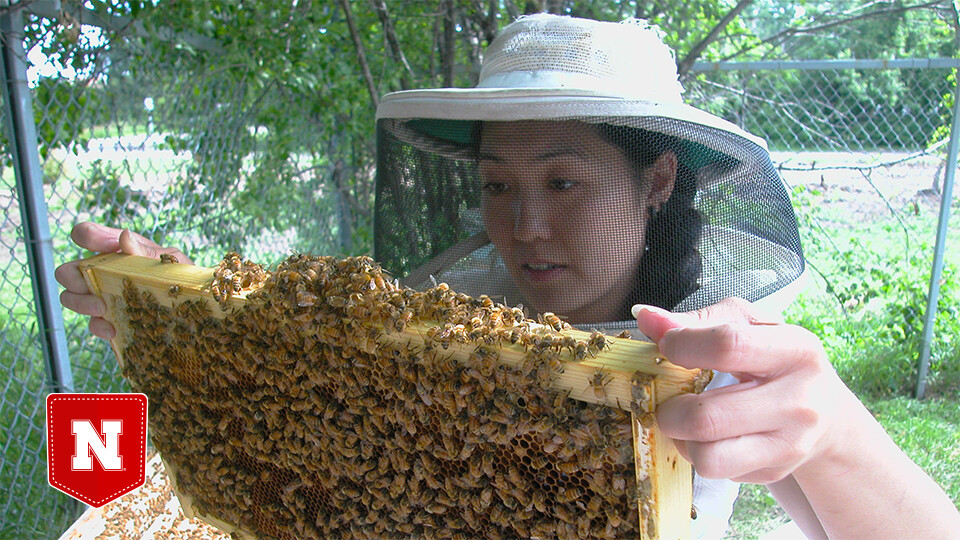
Welcome to Pocket Science: a glimpse at recent research from Husker scientists and engineers. For those who want to quickly learn the “What,” “So what” and “Now what” of Husker research.

What?
As pollinators of crops, bees serve critical roles in producing food and supporting the agricultural industry. Domesticated honey bees alone pollinate an estimated $15 billion worth of U.S. crops each year.
The widely reported decline in bee populations likely stems from multiple factors, including the transmission of viruses that can spread within a colony and sometimes jump between species.
So what?
By testing more than 1,600 bees throughout two growing seasons in Nebraska, Judy Wu-Smart and colleagues surveyed the presence of four well-known viruses in four bee species.
Though two of the viruses — deformed wing and Israeli acute paralysis — are carried by a mite thought to attack only honey bees, those viruses appeared more often in sweat bees than any of the other three species. That discovery, combined with the overall prevalence of deformed wing virus in all four species, suggests it may pose an especially high risk of cross-species transmission.
The team found unexpectedly few differences in viral presence across agricultural, urban and natural landscapes.
Now what?
Further investigating the specifics of bee viruses — particularly the potential influences of sweat bees, pollen and flower distributions — could inform beekeeping practices and land management to mitigate viral spread, the researchers said.







